- Two Virtual Power Purchase Agreements (VPPAs) will secure 320 megawatts (MW) of wind and solar power totaling over 1 million megawatt-hours (MWh) of renewable electricity annually.
- The VPPAs will raise the total use of renewable electricity to more than 80 percent for North America.
- Resulting in 60 percent reduction in CO(2) Emissions from the company's North American Manufacturing Operations.
California — Seeking to slash CO2 emissions from its North American manufacturing operations, Honda has entered into long-term virtual power purchase agreements (VPPAs) for renewable wind and solar power that will cover more than 60 percnet of the electricity that Honda uses in North America.
These VPPAs will enable Honda to fully offset the remaining carbon intensive grid-supplied electricity being used in its Ohio, Indiana, and Alabama automobile manufacturing operations, and will help the company meet its voluntary carbon reduction goal. As a result of the deal, Honda is one of the top automakers globally in the adoption of renewable energy to power its operations.
Starting in fall of 2020, Honda will purchase 530,000 MWh/year from 120 MW of wind power generated by the Boiling Springs Wind Farm in Oklahoma, a 150 MW development of the energy company E.ON. Then in fall of 2021, Honda will secure an additional 482,000 MWh/year from 200 MW of solar power generated from a Texas solar facility. Additional details of the Texas solar facility will be disclosed in 2020 when it is nearer to completion.
Honda’s combined agreements for the output of 320 MW of renewable generation capacity will result in the purchase of 1.012 million MWh of electricity per year, making it the largest renewable energy procurement commitment for an automaker and one of the largest VPPA commitments in the U.S. market. Once fully operational, these VPPAs will offset more than 800,000 metric tons of CO2e emissions annually, the equivalent of 100,000 U.S. households worth of CO2e emissions from household energy usage.3
Honda will continue to purchase electricity from the local utility for each manufacturing facility, but will receive and retire renewable energy certificates (RECs) equal to the power produced through the VPPAs, resulting in net zero CO2e emissions from electricity use within Honda’s Ohio, Indiana, and Alabama manufacturing operations. Currently, 21% of the electricity that Honda uses in North America is supplied from extremely low and zero CO2 sources.
The VPPAs will raise the total use of renewable electricity to more than 80 percent for North America.
A virtual power purchase agreement is a way for Honda to purchase renewable energy in locations where it is unable to purchase renewables from the local electric utility. Honda agrees to purchase electricity from a renewable energy supplier, but the clean energy does not go directly to Honda’s facilities; instead it is sold into the electricity grid where the clean power is generated. However, Honda’s “virtual purchase” of renewable energy adds more clean energy into the nation’s electricity grid. This reduces the amount of electricity generated by fossil fuels, reducing the CO2 emissions of using electricity.
In the process of structuring the Boiling Springs Wind Farm VPPA, Honda implemented an innovative contract structure with the potential to mitigate financial risks in the VPPA market, further expanding the market for corporations like Honda where reduced exposure to energy price risk is desirable. This new “collar” structure sets upper and lower bounds on Honda’s exposure to energy market price fluctuations in any given quarter, while resulting in strong and stable revenues for the renewable power operators.
“These combined VPPAs will help Honda meet its CO2 reduction goals by adding clean renewable electricity and by de-carbonizing the electricity grid,” said Ryan Harty, manager, Connected and Environmental Business Development, American Honda. “We hope the addition of a ‘collar’ to the Boiling Springs project will encourage other companies to consider VPPAs as a method to secure renewable power and reduce climate-altering carbon emissions.”
“We are proud to work with Honda to provide 100% clean, renewable wind power from Boiling Springs Wind Farm for its North American manufacturing facilities,” said Silvia Ortin, E.ON Chief Operating Officer North America. “E.ON’s dedication to a sustainable future is a great fit with Honda’s values and commitment to reducing its greenhouse gas impact.”
The wind and solar VPPAs are part of Honda’s ongoing efforts to not only purchase renewable power but also to generate renewable power onsite at its North American operations. To date, Honda has installed 7.3 MW of renewable wind and solar power at its facilities across the region.




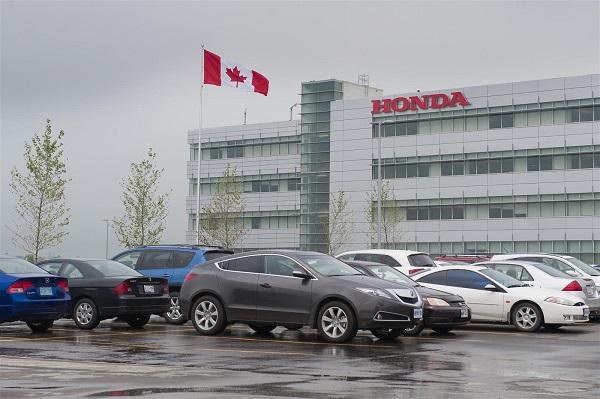

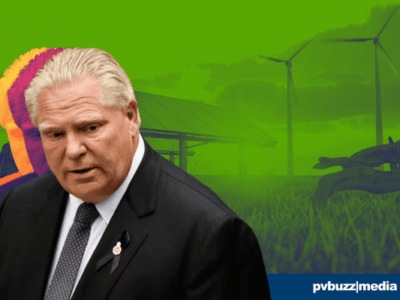
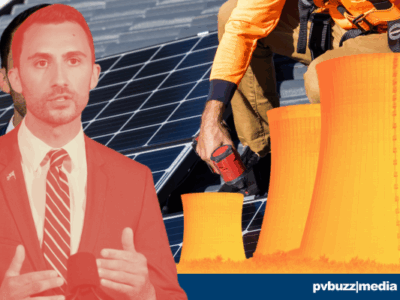
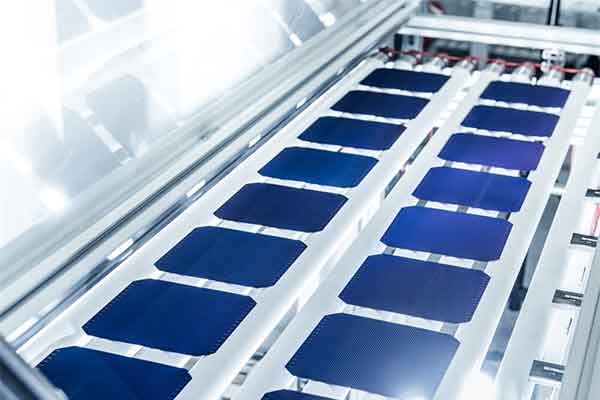

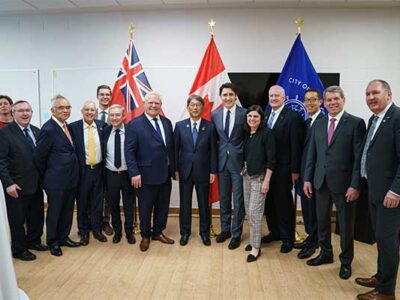




Comments